By Paul Harrison, Sales Associate
If you are looking to sell your house, building a new house, or just want a change, paint can go a long way. It will give you the biggest bang for your buck. A DIYer can achieve a good result by following some simple rules. These are the rules that every professional painter will follow.
You might think that buying the paint color is your first step. That’s a rookie mistake, it’s not. The first step is prep, prep, prep. A great paint over walls or trim that hasn’t been prepared properly just won’t look good.
If you’re building a new house, but doing the painting yourself, prepare the substrate, meaning the walls and trim. Fill in nail holes with a high quality wood filler. Sand and tack rag the surface to remove all traces of dust. Don’t use painter’s putty. Painter’s putty dries quickly, but doesn’t give you the same finish, and because it is oil based, most latex paints won’t dry properly over it. You will know you did it right if there’s no sign of nail holes on your trim once the paint dries.
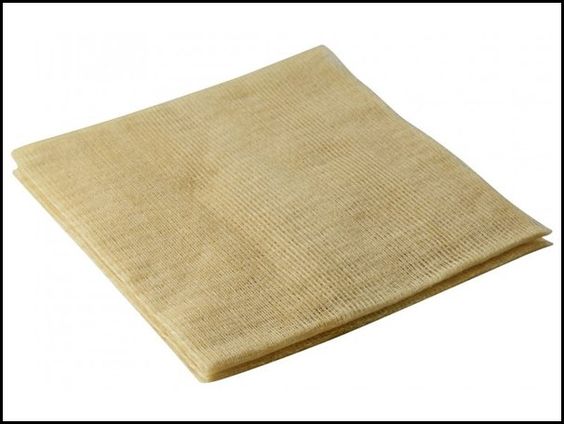
tack rag 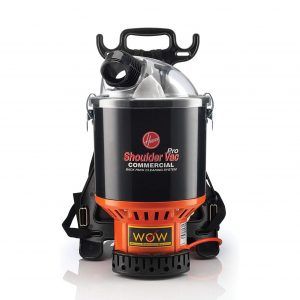
New walls should be lightly sanded, then vacuumed to remove all of the dust. This is important, because dust on the walls can lead to paint failure. Apply a good quality primer. Once the primer dries, examine the surface carefully to identity any imperfections on the surface. Apply joint compound to the imperfections, wait for it to dry, then sand, vacuum and prime that area again. Similar process for drywall, but sanding should be done only on the compounded joints. Two coats of good quality paint will get you to that high quality finish.
For an existing home, follow the same rules on the trim. Fill those holes and fix any imperfections on wall surfaces. You won’t need to prime painted trim. But do prime walls if you are going from an existing dark color to a new light color. If you don’t, two coats of paint may not be enough.
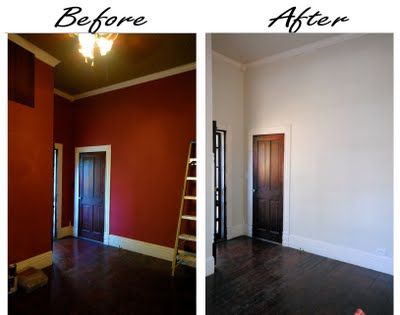
If you want to take on an exterior paint project, power wash before doing anything else. To protect your foundation plantings and flowers, make sure you spray them with water before you begin the power wash. Mix beach or TSP, apply liberally, then power wash. Give the surface time to fully dry, then scrape any loose paint from the body and trim with a carbide tip scraper. Apply primer to all bare wood areas. Once the prep is done, apply two coats of a good quality exterior paint.

Now for the color!
Color choice is the biggest obstacle for most DIYers. That color you picked out from the paint chip under the florescent lights in the big box store will look very different on the surface in your home. Before choosing any color, you should pick out the colors of the things that will also be in the room. That means flooring, furniture and even curtains. Go to the paint store and pick up a “painter’s fan”. That’s the color tool that all professional painters have in their toolbox. Take the painter’s fan home and chose the colors in the room you are painting.

If you are painting the trim and go with white, understand that there are hundreds of shades of white. Same for the color you choose for the walls. A particular shade of blue, for example, can look very different on walls based upon the white you chose for the trim. In the images below, same blue, different white, different result.
Narrow it down by placing the sample colors in different areas of the room you are painting, placing the colors together near your flooring, furniture and accessories. This will give you a good feel of how the colors will flow in the room.
If you don’t like what you see, pick out more samples and try it again. When you “think” it is right, buy small samples of the trim and wall paint colors and apply it to an area. Look at it during different times of the day. Once you “know” it is right, you are ready to buy that paint for your project. With the work involved, you don’t want to have to do it a second time. Get the color right the first time.
Use eggshell for the walls and semi-gloss for the trim, again applying two coats of quality paint. A good paint job will last about five years. Final tip. Use a good quality paintbrush and roller appropriate for the paint you purchase.
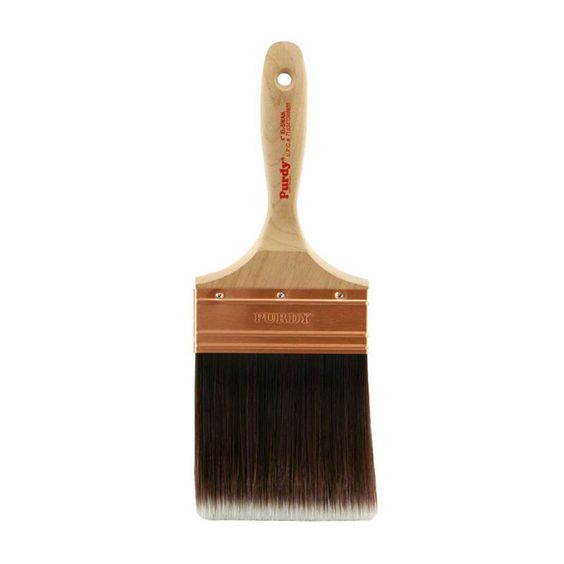
By following these simple rules and taking your time, you will achieve a result you will enjoy for years to come.
“Consider This” is a series that provides tips to buyers and sellers of residential real estate.

 Paul Harrison is a Sales Associate at Abbott Properties specializing on new construction and residential real estate developments. He has extensive experience in the construction industry. Paul also owns and operates Harrison Painting.
Paul Harrison is a Sales Associate at Abbott Properties specializing on new construction and residential real estate developments. He has extensive experience in the construction industry. Paul also owns and operates Harrison Painting.






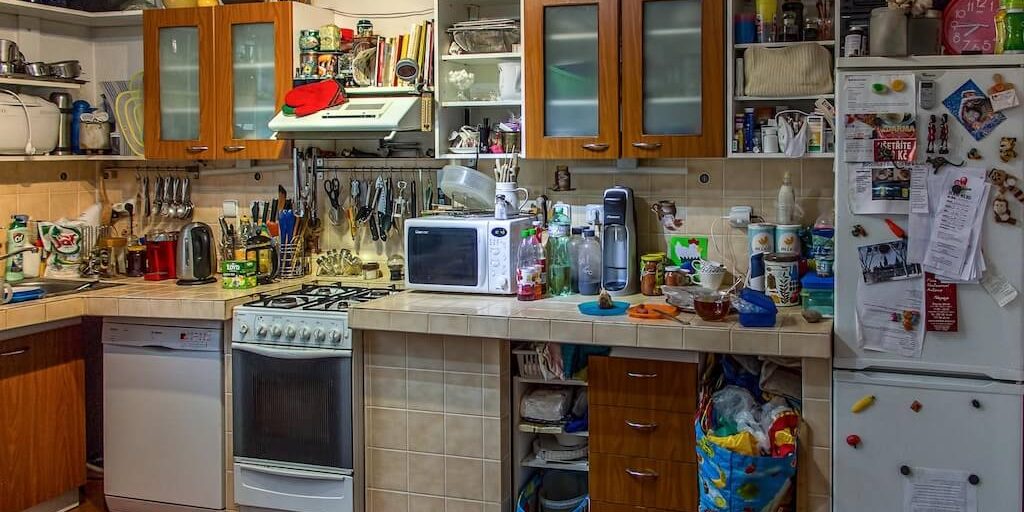


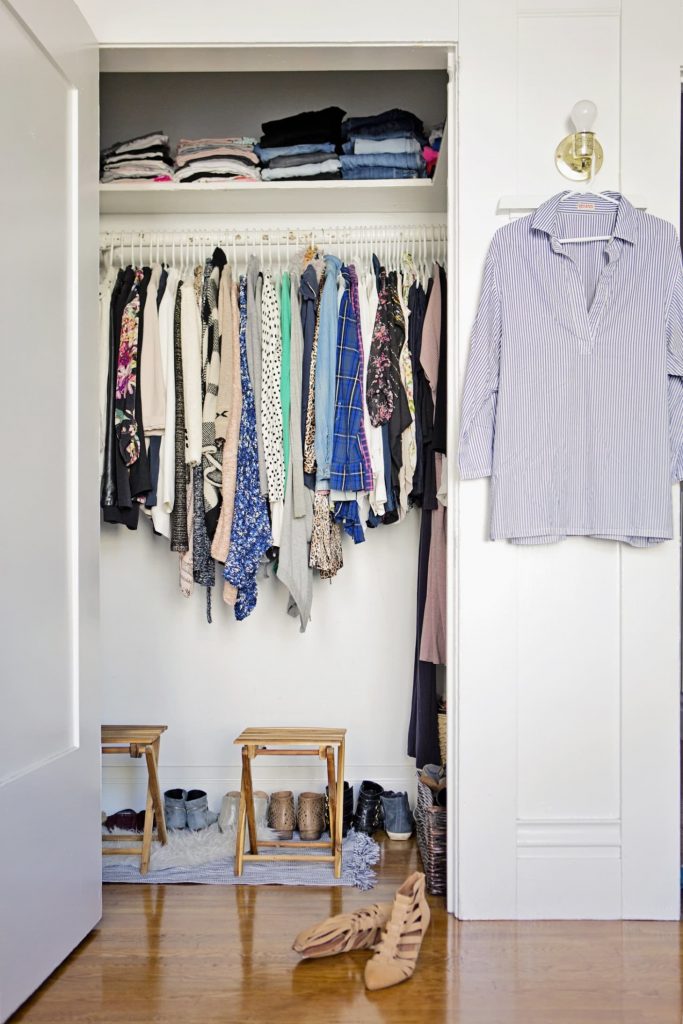

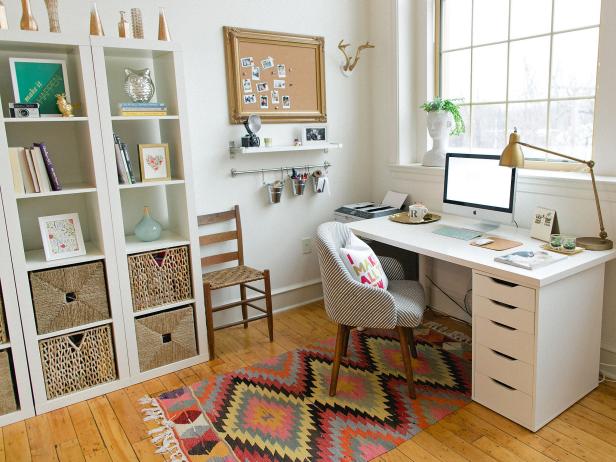
 Erin Sheridan is licensed in both Rhode Island and Connecticut. She is a sales associate and Team Leader of the Sheridan Group at Abbott Properties.
Erin Sheridan is licensed in both Rhode Island and Connecticut. She is a sales associate and Team Leader of the Sheridan Group at Abbott Properties.